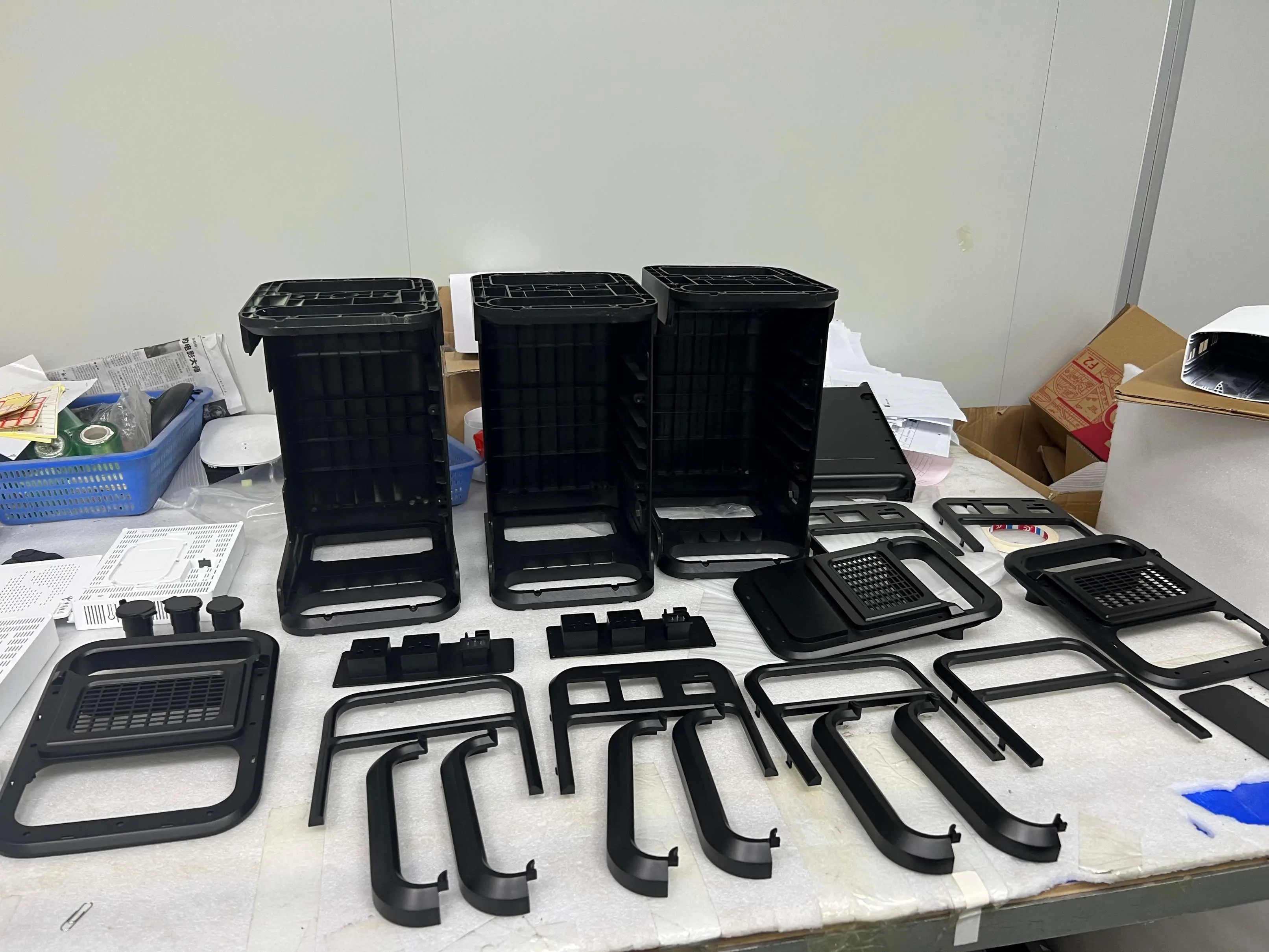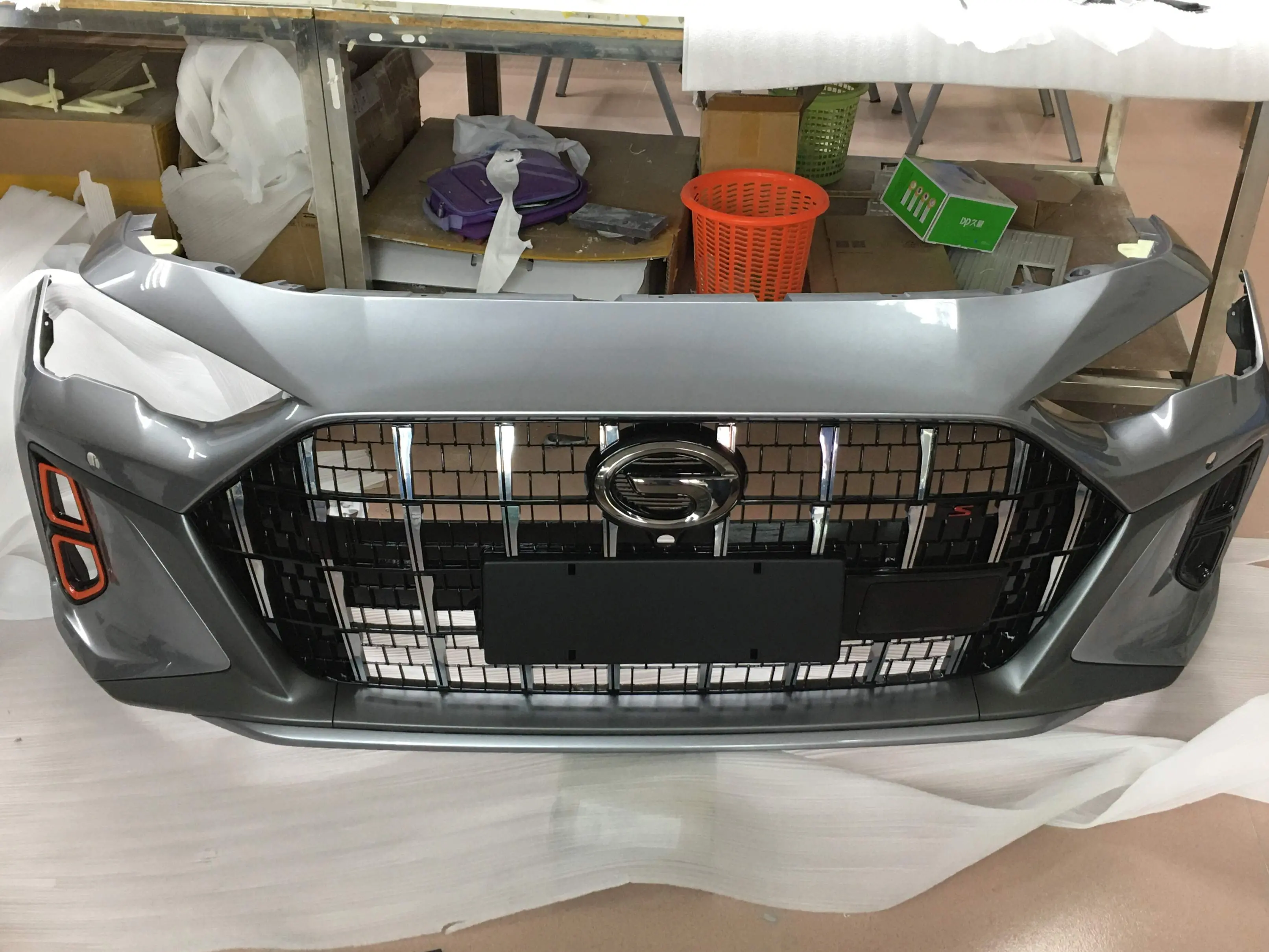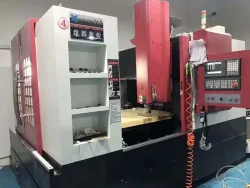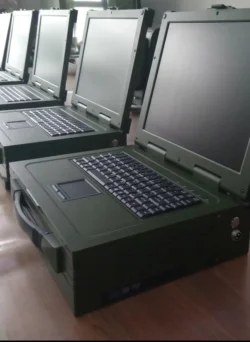2023-08-28
Rapid prototyping 3D printing is revolutionizing the design and manufacturing of products. The latest technology, including fast additive manufacturing processes, has empowered companies to create 3D prototypes for testing or production. Further, it allows designers to print complex parts faster than ever, in hours instead of days or weeks. Consequently, it makes it easier for users to bring new 3D products to market on time and within budget.
Rapid prototyping 3D printing in manufacturing involves creating a scaled version of the final product for testing. Additionally, it evaluates design performance and makes changes as required. Through this, it enables manufacturers to validate the product’s design before launching it into production.
Thankfully, now you can create 3D prints without the costly delays and errors associated with conventional methods. In this post, you’ll explore how to achieve the perfect 3D print finish with rapid prototyping 3D printing.

Which Tips for Achieving the Perfect 3D Print Finish Through Rapid Prototyping 3D Printing?
An essential aspect of successful 3D printing is achieving a perfect finish on the 3D-printed objects. In this regard, you must know the considerations during the 3D printing process that help you achieve a perfect 3D print.
- Choosing the Right Printing Technology: Various 3D printing technologies offer varying levels of detail and surface finish. Likewise, SLA (Stereolithography) and DLP (Digital Light Processing) printers tend to create smoother finishes compared to FDM (Fused Deposition Modeling) printers. Besides, for rapid prototyping, FDM is the most widely used 3D printer that uses rolls of plastic filament as the material. Further, it is the most economical of all the 3D printers.
- Layer Height and Resolution: To achieve a perfect surface finish, adjust the height and resolution settings according to your needs for the desired print quality and speed. For smoother surfaces, smaller layer heights are generally required. Besides, printing with finer layers can enhance print time.
- Calibration and Leveling: If you’re facing issues like layer shifting that can adversely impact the surface finish, try to calibrate and level your 3D printer properly. Consequently, it ensures that each layer is deposited accurately.
- Quality Filament: Filament quality also matters in rapid prototyping 3D printing. With high-quality filaments buying from reputable manufacturers, you’ll not compromise your 3D print quality or surface finish. In contrast, the low-quality filament can lead to inconsistent extrusion and a poor surface finish.
- Print Speed and Temperature: Both print speed and extrusion temperature are essential for a perfect 3D print. Various experiments with these settings will help you find the optimal balance.
As you’ve understood the pre-processing tips, now look at the post-processing techniques that also play a crucial role in creating prototypes.

What are the Crucial Post-processing Techniques You Must Follow?
While considering pre-processing tips, you also focus on post-processing tips for mastering your game. First, when you have printed your object, use finer grits of sandpaper to smooth out the surface. Be careful not to sand too aggressively, which results in losing essential details. Then, apply a primer and paint that can hide layer lines and imperfections. Consequently, you’ll achieve a professional finish on your 3D prints.
As you’ve completed your 3D printing, keep your printer well-maintained by cleaning the nozzle, ensuring proper belt tension, and lubricating moving parts.
Final Thought
In general, a perfect 3D print finish often involves a combination of choosing the right printer, adjusting printer settings, and post-processing techniques. Also, continuous experimentation and learning are essential to mastering the art of rapid prototyping 3D printing.
Further, if you have no idea how to create some prototypes such as watches, mobiles, earphones, TWS, VR, AR, computers, medical devices, vehicles, and more. Visit here; We have a professional team that will visualize your ideas and requirements and bring them to life.
Why You Need a 3D Prototyping Service for Your Business
Mastering Metal Prototype Fabrication: A Comprehensive Guide to Grades, Techniques, and Innovations





